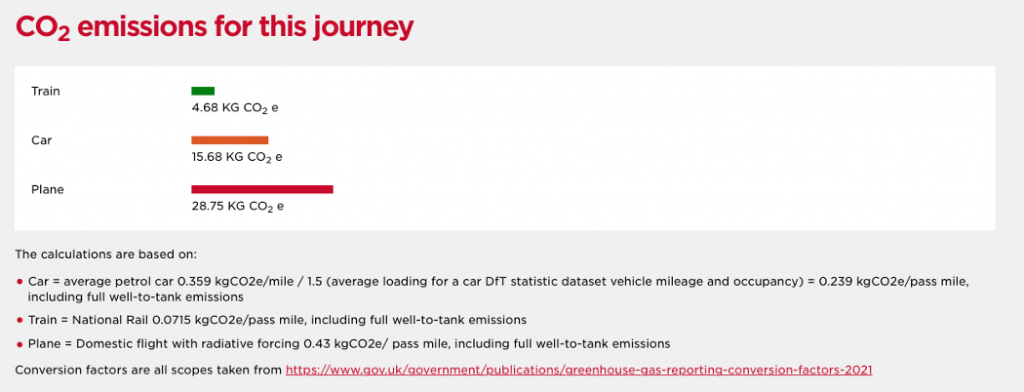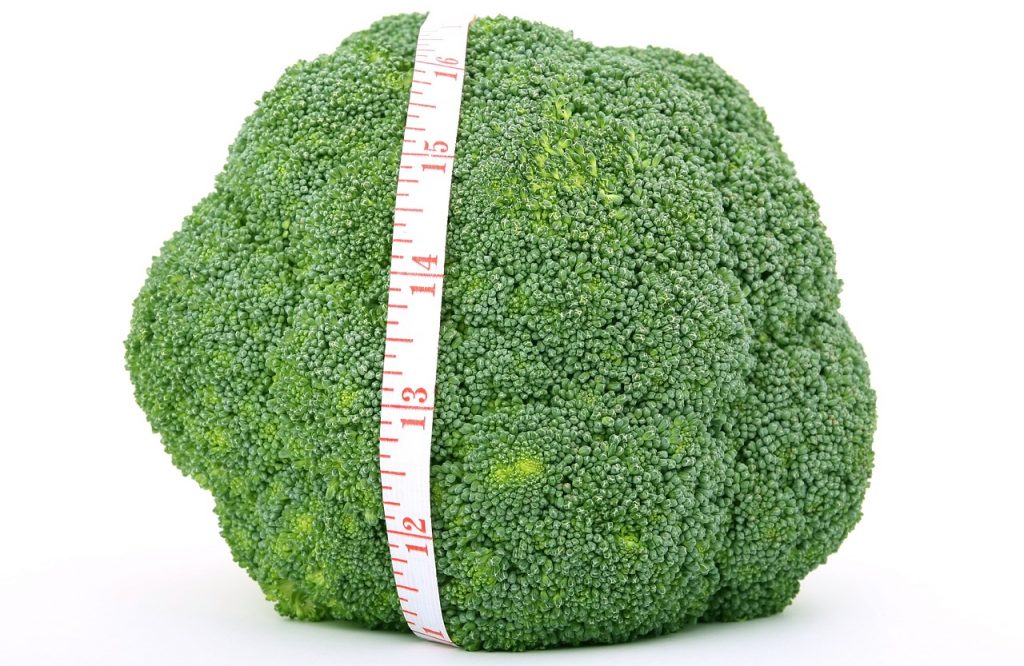Why, what, and how to measure the environmental impact of freelancers' work
Taken from the UN’s Climate Neutral Now initiative, the elements of Measure, Reduce and Contribute apply equally well to freelance practice as to larger organisations. In museums and heritage we have the amazing opportunity to Contribute more than most because telling stories and inspiring and encouraging debate is part of our work. I will leave Reduce and Contribute for future posts and concentrate on Measure here.
Measure: Why?
You should measure so you know what our present impact is and can then plan and prioritise actions to reduce your impact and assess how well you are doing. You can tell our clients about your emission figures (which is important for their reporting) and your plans to improve.
Measure: What?
Environmental reporting for companies and organisations spans Greenhouse gases; Water; Waste; Materials and resource efficiency; Biodiversity/ecosystem services and Emissions to air, land and water
These are not all relevant or appropriate to freelancers/ consultants. You can keep it simpler by concentrating on greenhouse gas emissions, often referred to simply as Carbon. (See Julie’s Bicycle Carbon and Beyond Carbon). Here, I have assumed that most freelancer’s work does not add significantly to their volume/impact of domestic waste, water use or other emissions, or impact on biodiversity. We should be aware of our “materials and resource efficiency” and I may return to that in a later blog. The main ways your professional practice produces greenhouse gas emissions are work travel and energy use in your work and workspace. Our work does of course have a digital footprint but this is relatively insignificant in comparison (most annual digital footprints are the same order of magnitude as one long petrol or diesel car journey!)* There is much hype around digital footprints and many consider this a distraction from areas where more significant improvements should be prioritised.
Measure: How?
Travel
There are various commercially available calculators but not worth paying for unless you are a big business. Train and coach operators have CO2e data on their websites. E.g. this from LNER for a train journey from Norwich to Peterborough.

All of these seem to use as-the-crow-flies distances and averaged emissions figures and don’t consider different occupancy levels, age of type of rolling stock and other significant variables.
Trainline is about to update their carbon calculator which may improve on some of these inaccuracies.
For bus journeys, you can use the estimate of 46g per mile*. Many towns and cities however now have electric buses and taxis,
For car journeys, you can use a current estimate* of
180 g/mile for a mid-sized electric car
530 g/mile for an average UK car at 36mpg
If you want to be even more specific, you can easily do the sum for your own car. Starting with your car itself, you need to estimate its embodied carbon, for example for a mid-sized car this is 8t and assuming it will run for 120,000 miles before it is scrapped, this gives 67g per mile for the car itself.
You then need to know your average fuel consumption – say it’s a petrol car and does 40mpg. A gallon of petrol is 15.7kg of carbon emissions. This gives 392g per mile for the fuel so a total of 460g/mile to drive your car. If you take a passenger this is halved to 230g per mile of course.
For an electric car, the embodied emissions are higher at around 12t giving 100g/mile for the car. The electricity used is around 0.3kWh per mile and at an average 136g/kWh of carbon this gives only 41g/mile or 141g/mile total. Also, by 2030 UK grid electricity will be down to 53g/kWh and if you charge in the middle of the night you can get below this level now.
This all sounds complicated, but you only need to do this sum once and you have a realistic g/mile figure you can use – until you change your car that is.
Public transport (except flying) is always the most environmentally responsible form of travel but often not the cheapest. As our clients will be asking about our carbon emissions, we should be able to persuade them to cover the extra cost. (I will return to that in my next blog- Reduce)
Workplace energy:
Assuming you are working from home you need to estimate how much of your home energy use relates to your work. You can check your fuel bills to find your energy use, and these will usually tell you the carbon impact as well – a typical house will be about 3,500kg of carbon a year. How much of this is work related is harder to define but unless you have a separately heated office, you just need to make a rough estimate of this. For example, if you work 30 hours a week you could take this as being 18% of the time you spend at home i.e.650kg of Carbon a year. If you share the house, it could be much lower than this.
There is also the embodied carbon your computer and mobile phone and these can be estimated as around 100kg a year*.
For many of us, measuring and recording this information is a challenge and may take a while to do initially but should not be too onerous once you are in the swing of it. It is part of your contribution to solving the climate emergency.

